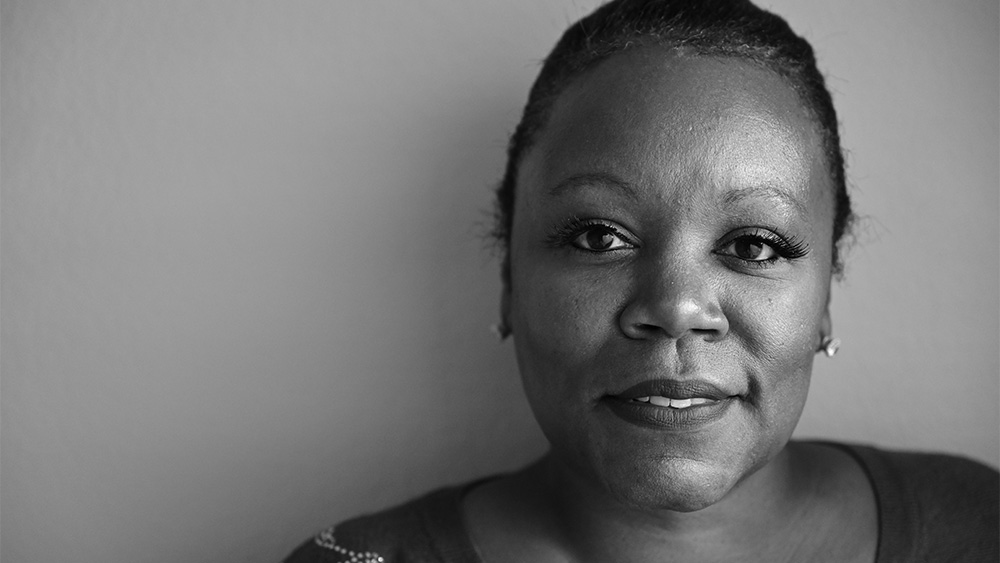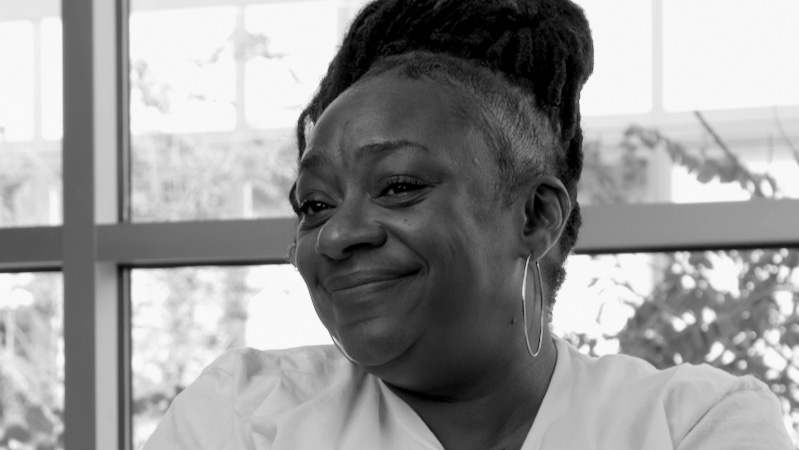National Safety Gaps Survey
We all share a vision for safety.
Americans agree on our safety priorities.
Government spending doesn’t match. We’re left with a gap in health and safety.
Toward Shared Safety: America’s Safety Gaps
A crisis has exposed a gap in health and safety for Americans.
A national report shows government spending being misplaced, while the views of American voters provide a roadmap for where public safety investments should be redirected.
Download the Report →So what's going on?
U.S. spending on the criminal justice system is now as high as $300 billion, up from $40 billion in 1982.
Yet, we continue to shortchange health and safety solutions for communities.
Crime victims don’t get help. Mental health and addiction treatment are not available. People are blocked from economic opportunities for reentry.
U.S. Criminal Justice System Spending
Crime Victims
Less Than

crime survivors report receiving help to recover

Read Kimesha's story in the report »
When crime survivors did receive help, it was generally not from the criminal justice system.
7 out of 10 of violent crime victims have been victimized more than once
When crime survivors did receive help, it was generally not from the criminal justice system.
?People With Past Convictions
70 Million
Americans are living with a past conviction or record that carries legal restrictions, blocking them from jobs and housing.
Get Involved
Help Move Us Towards Shared Safety. Together, we can make our families and communities safer.
This groundbreaking report should serve as a guide towards safety solutions that American voters support, helping to align government spending with what can keep us safe.
Shared Safety efforts at the federal, state and local levels are advancing with success.







